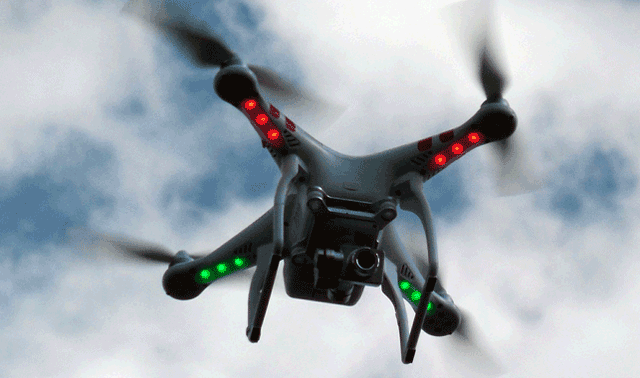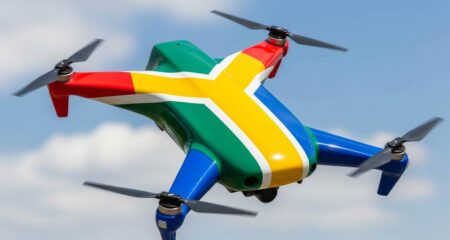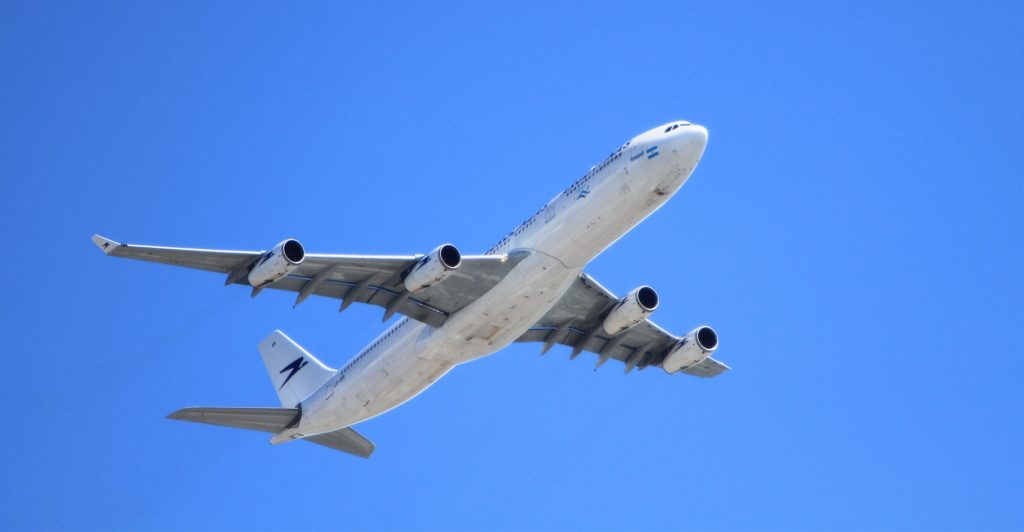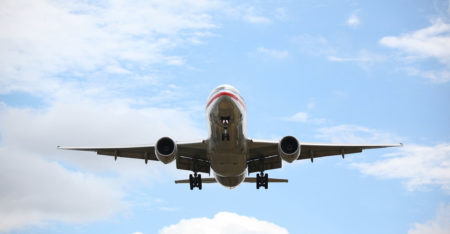
New regulations are to be introduced at the beginning of July for the use of drones, the South African Civil Aviation Authority (Sacaa) announced on Sunday.
“I have the pleasure of announcing that South Africa will be introducing new regulations that will help regulate remotely piloted aircraft systems, popularly known as drones,” director Poppy Khoza said in Midrand.
“These regulations have recently been signed by the minister of transport, Dipuo Peters, and will be published and implementable by 1 July 2015.”
A person would need a licence to fly a drone, at minimum be 18-years-old, and hold at least a valid class four medical certificate for beyond visual line of sight operations, or operations involving drones classified as class 3 or higher.
Alternatively, they would need to hold a restricted certificate of proficiency in aeronautical radiotelephony, and a drone pilot would also need to provide proof they speak English at a proficiency level of four or higher.
If a person has the correct licence, they would still need an issued letter of approval, valid for a period of 12 months. A drone could not be sold unless the seller notified the buyer of the operational requirements as imposed by the Sacaa.
Among the raft of new regulations, known as part 101, it specifies that a drone cannot tow another aircraft, perform aerial or aerobatic displays, or be flown in a formation or swarm.
Further, drones cannot be flown next to or above a nuclear power plant, prison, police station, crime scene, court of law, national key point or strategic installation.
No drone could be operated 121,9m above the surface, or within a radius of 10km from an aerodrome, be flown overhead any person or group, or within a lateral distance of 50m from any person, or within a lateral distance of 50m from any structure or building.
The use of public roads for the landing and taking off of a drone was also prohibited, unless for civil defence of law enforcement purposes.
Khoza said drones were a relatively new component of the civil aviation framework and had caught many regulators around the world by surprise.
“I am pleased to say that the Sacaa together with the department of transport and other key industry role-players rose to the occasion and collectively worked tirelessly to develop these new regulations,” she said.
“In developing the regulations, the Sacaa sourced and received valuable input from relevant state entities as well as industry role players, including operators, manufacturers, and other airspace users.”
After months of amendments, refining and incorporating requests by various stakeholders, a draft was sent to Peters for review and approval. The regulations were finalised on 5 May.
The regulations did not apply to toy aircraft, and an aircraft operated in terms of part 94 — non-type certified aircraft — of the civil aviation regulations.
Nor did they apply to autonomous unmanned aircraft, unmanned free balloons and their operations or other types of aircraft which cannot be managed on a real-time basis during flight. — News24




